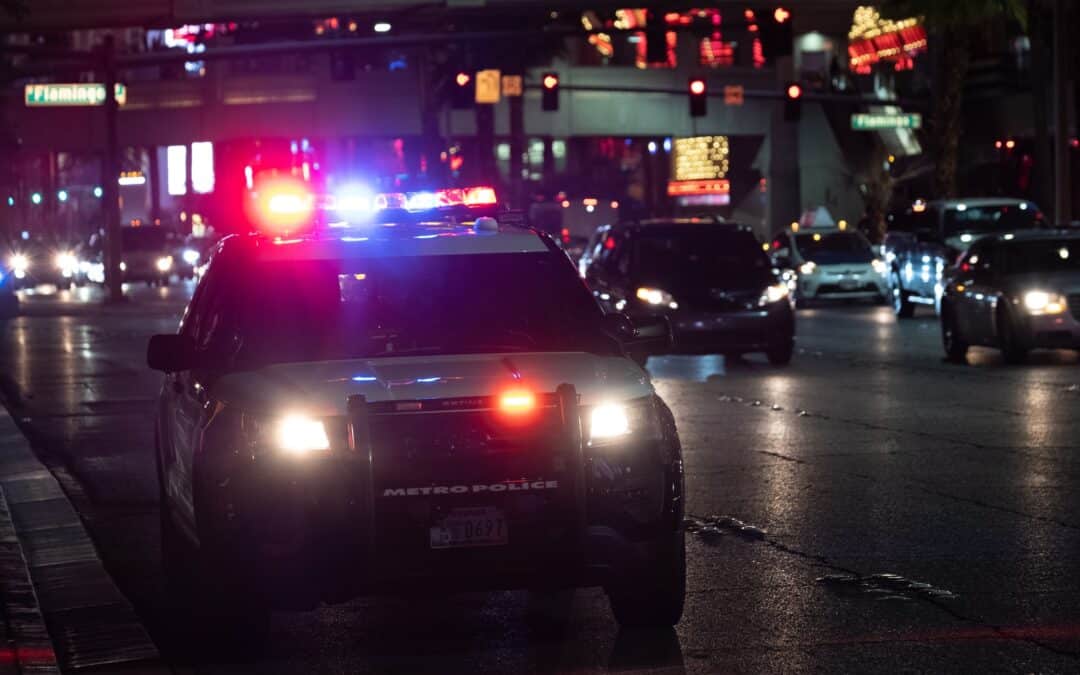Are you and your company compliant with the new federal E911 Legislation? Do you know what’s expected of your enterprise and have you put the necessary measures in place to adhere to the new FCC guidelines? Do you know what could happen if you’re not up to code with the FCC’s new laws?
At Red Mountain Technology Solutions, we care about our customers and would like to provide you with all the information you need to know about the new E911 laws as well as the actionable steps you can take to ensure that your organization is compliant. This article is geared towards businesses in Utah, what the state’s requirements are, and what you as an enterprise can do to become compliant.
But first, a little more information on what’s covered by the Federal E911 Legislation.
The Federal E911 Legislation:
In August 2019, the Federal Communications Commission (FCC) adopted rules implementing two federal laws that strengthen emergency calling. These are Kari’s Law and RAY BAUM’S Act. Let’s examine what these two regulations involve in Utah:
1. Kari’s Law – Direct Dialing and Notification for Multi-Line Telephones (Business phones)
This regulation was signed into law in February 2018. It was named in honor of Kari Hunt, a woman who was killed by her estranged husband at a motel in Texas. Her daughter tried to call 911 for help but unfortunately, the call never went through because the phone system required first dialing “9” before dialing 911, for an outbound line.
In response to this tragic situation, Kari’s Law was enacted. It has 3 main components that must be adhered to when installing a hosted or premises-based system that operates as a Multi-Line Telephone System (MLTS). These are typically found in premises such as campuses, hotels, motels, and office buildings. Kari’s Law stipulates that when installing the MLTS, the enterprise must ensure that:
- All phones connected to the system must be able to directly dial 911 without having to first dial a prefix, trunk-access code, or any other additional digit beforehand to reach an outside line.
- The system provides emergency notification i.e all 911 calls from a particular system in an organization must provide a notification to either the security or administrative personnel or the front desk of the facility from where the call originates.
- All 911 calls are routed to the nearest certified PSAP (Public Safety Answering Point).
2. RAY BAUM’S Act – Dispatchable Location for MLTS
The second new regulation – RAY BAUM’S Act – was named after Ray Baum, the late state representative of Oregon. According to the rules the FCC adopted, all 911 calls to dispatch centers, including 911 calls from MLTSs, must convey dispatchable location information. This means that phones should transmit 911 calls to the nearest PSAP with dispatchable location information which includes the validated street address of the calling party along with additional information such as the apartment, suite or room number, the office or building number, or the floor number in a multi-storied building, or any other information that can allow first responders to adequately identify the exact location of the person calling 911.
RAY BAUM’S Act goes into effect on January 6th, 2021 for fixed lines and January 6th, 2022 for mobile operators.
What Does This Mean for Your Utah Business?
Utah, just like all other states, requires businesses to be compliant with the new FCC regulations i.e both Kari’s Law and RAY BAUM’s Act.
Regarding RAY BAUM’s Act in Utah, any operator or owner of an MLTS that was added or upgraded after July 1, 2017, should configure the system to provide dispatchable location information including the street address and the business name(where applicable), of the communications device from which a 911 call is made. This means that if you’re a business owner in the state and someone places a 911 call from within your business, your enterprise is liable for providing the exact location of that call.
Additionally, as the owner of the enterprise, you are responsible for ensuring that all 911 emergency calls from your premises are properly routed to the nearest PSAP so that first responders can be appropriately dispatched.
But what could happen if your organization fails to comply with the new FCC requirements?
- 911 calls might get misrouted. If an enterprise fails to implement the new E911 legislation, calls made from that premises might get routed to the wrong PSAP, sometimes miles away from the correct location, critically affecting emergency services’ response time.
- Without the dispatchable location information, first responders won’t know to arrive at the correct building, floor, or room. Even if the first responders make it to the correct address, they may not know where exactly the 911 call originated from. Office buildings or hotels can have hundreds of rooms, suites, and units, and the responders might waste valuable time searching for the person who made the call.
- There might be a serious communication breakdown. Another likely scenario if the FCC regulations aren’t implemented is that the security personnel, administrative department, etc. on site will have no idea that a 911 emergency call was made. This would create confusion when first responders arrive at the scene, again wasting valuable response time explaining what they were there for and trying to track down the emergency caller.
Get compliant with the Federal E911 Legislation
Communications and Security are two sectors that have grown and changed tremendously in recent years and we at Red Mountain Technology Solutions have been around to witness most of these changes. We take care to remain on top of all legislation and are careful to ensure that our business phone systems meet all FCC requirements, as well as other Utah state regulations.
Don’t leave anything to chance. Take action today to make sure that your enterprise is up to federal requirements. Contact Red Mountain Technology Solutions at 435-627-2990 or red-mtn.com for more information on how we can help your organization comply with the Federal E911 legislation.

